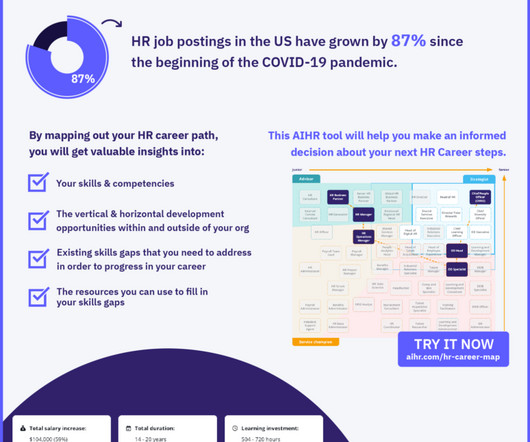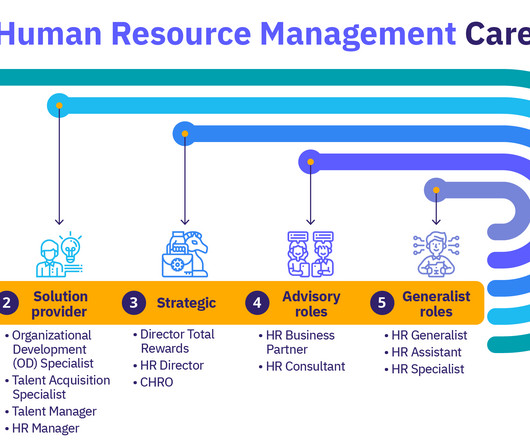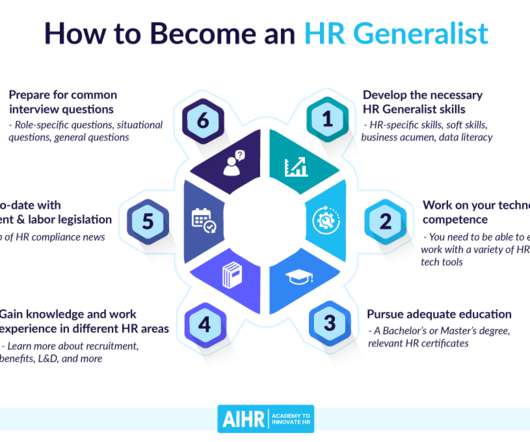15 Job Titles for Human Resources: A Comprehensive HR Job List
Analytics in HR
MAY 15, 2023
HR professionals are involved in recruitment, performance management, learning and development, and much more. HR Specialist Job description An HR Specialist is someone who performs specific HR functions like recruitment, training and development, compensation and benefits, or employee relations.



























Let's personalize your content